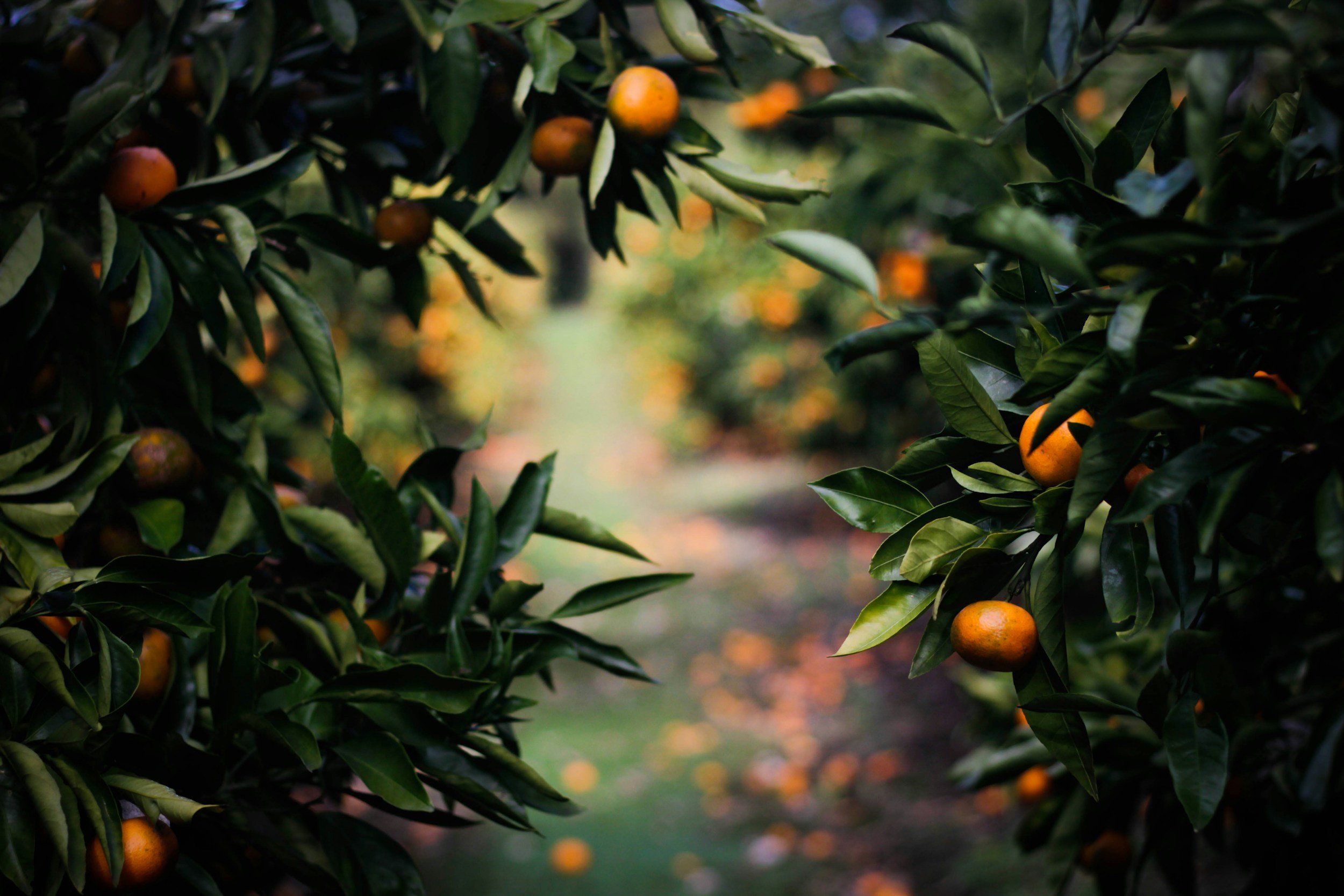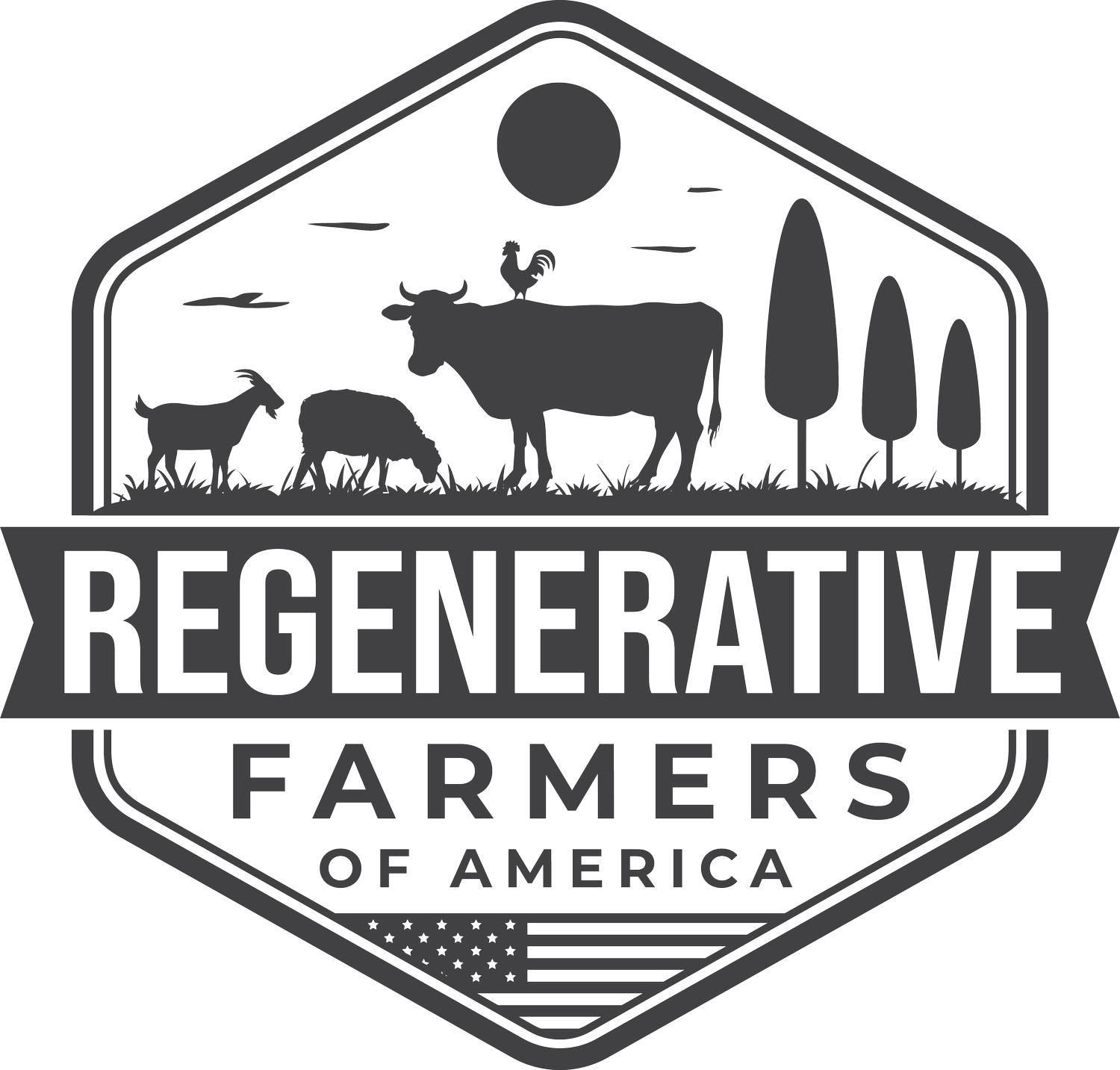
Food Forest
What is a Food Forest?
A food forest is just as it sounds, a system of planting mimicking a forest that provides food and other edible components.
Food forests have tons of benefits.
Food forests can provide an abundance of a variety of foods ranging from fruits, berries, vegetables, roots, etc.
Food forest require very little input and maintenance since they replicate natural systems.
They create a habitat for local wildlife, pest control, and pollination.
Since natural systems do not require chemical inputs, they produce much healthier foods and products.
We love this example from Perma_Flo. Visit her Instagram here for more examples and guidance.
Benefits of a Food Forest?
Provides a sustainable source of fresh, organic produce and herbs
Enhances soil quality and fertility, leading to better plant growth
Increases biodiversity and supports native wildlife such as birds, insects, and pollinators
Reduces the need for irrigation and fertilizers, minimizing environmental impact and lowering costs
Promotes community involvement and education around sustainable food production and permaculture principles
Helps mitigate climate change by sequestering carbon in the soil and vegetation
Offers a resilient food system that can withstand weather fluctuations and other challenges such as pests and disease outbreaks
Can be integrated with other land uses such as livestock grazing or beekeeping to enhance productivity and ecosystem health.
Food Forest Layers:
Tall trees – This is your forest canopy. It should be made up of large fruit trees like apples, pears or nuts. Trees should be planted with adequate space to allow for the full eventual size of the tree and to get sun and airflow. You do not want to plant trees too densely or the sunlight will not be able to reach the plants below.
Low trees – Plant smaller trees like dwarf varieties here.
Shrubs – This layer includes mostly berries, raspberries, huckleberries, blackberries, etc.
Herbs – There are millions of types of herbs. Plant what you love eating most. Many make great companion plants and also offer pollination for bees.
Roots – These are your plants grown mostly below the surface; potatoes, garlic, etc. Make sure these are planted away from the trees as to not disturb each other.
Ground cover – These are typically you sprawling forest floor plants such as Jerusalem artichoke, strawberries, etc.
Vines – This level features climbing plants such as grapes, kiwi, and sometimes even cucumbers or other plants with climbing tendencies.



